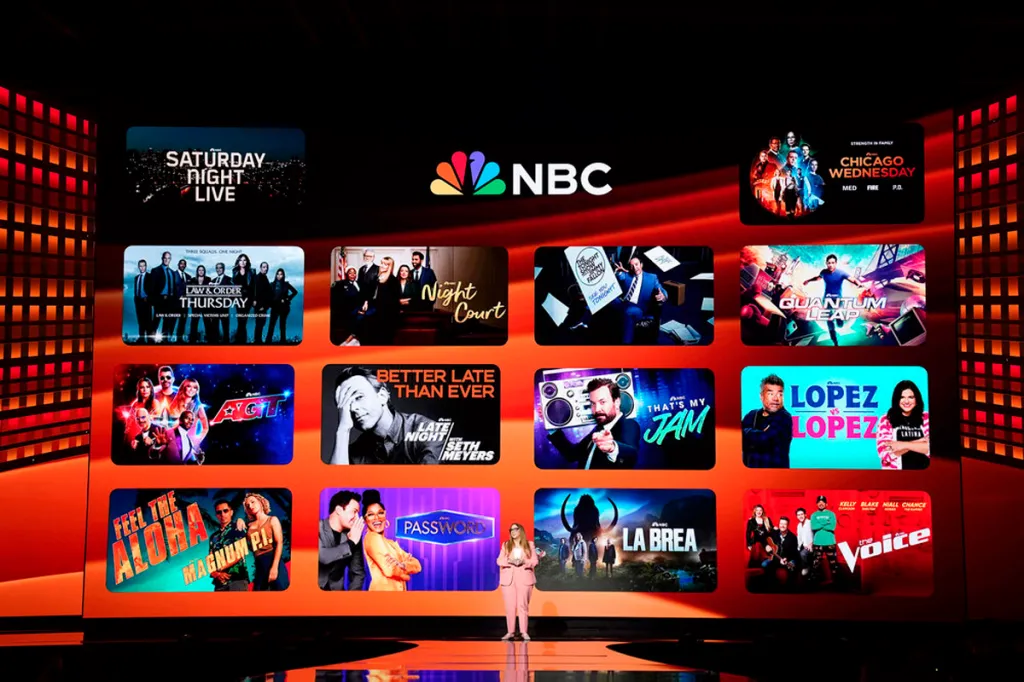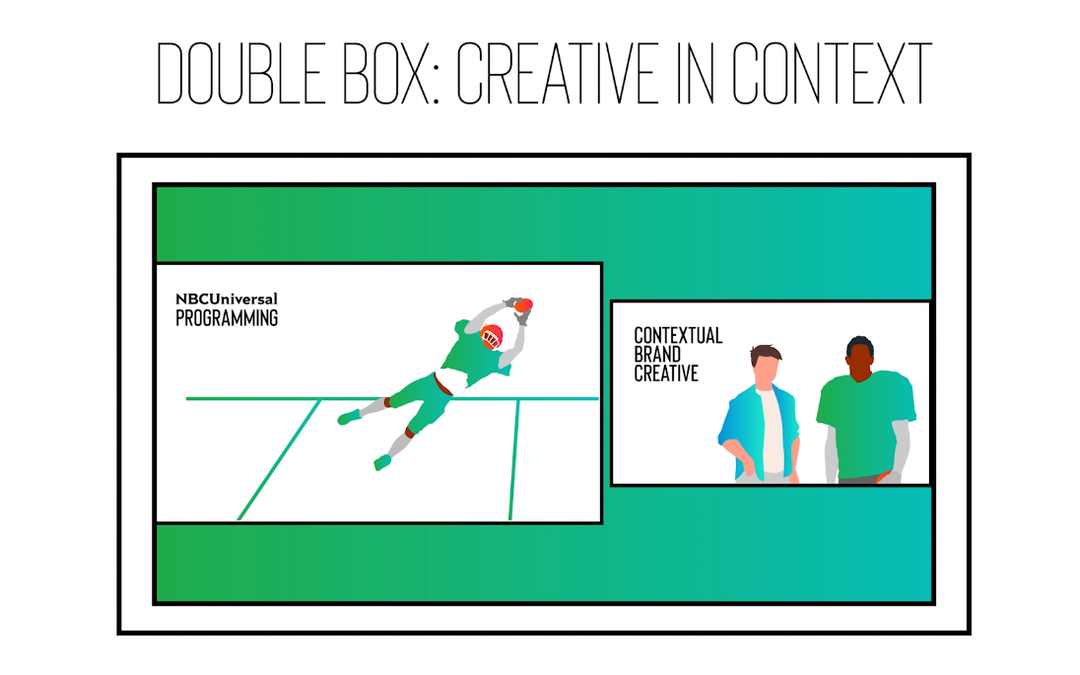The process of preparing an approved CTV ad creative for distribution still mostly involves manual labor, such as emails and spreadsheets.
This method might be effective for linear TV, as the creative and technical requirements for commercials are more uniform across networks.
Still, creative for streaming ads can come from practically anyplace. According to Ryan McConville, EVP of NBCUniversal’s ad platforms and operations, some are tweaks made using social video assets, while others are AI-generated modifications. McConville claims that as a result, the creative supply chain is somewhat disorganized. The creative delivery process is something “we can’t keep doing by email,” he continues.
Not just because it’s sick of emails, but NBCU is one publisher trying to automate and streamline the delivery of creative ads on streaming platforms. As more games are being livestreamed, the stakes are increasing, according to McConville.
READ MORE: Roku’s Self-Serve Ads Manager Allows Search And Social Advertisers To Buy CTV
Referring to regulations that NBCU had to impose on Peacock based on content signals connected to ad creatives in the bidstream, such as competitive separation, he claims that “one of the biggest challenges of the Olympics was the creative [aspect].”

Because of this, NBCU introduced Creative Gateway, an internal tool for creative optimization, this week. Its goal is to streamline the supply of creative ads by centralizing various quality assurance procedures and creative ad tech partners. According to McConville, “fully automating all creative delivery” is the ultimate objective.
XR Extreme Reach is a creative optimization platform and NBCU’s launch partner. Though NBCU withheld names and a timeframe, it is intended to add more partners in the future.
READ MORE: Microsoft Ads Now Offers AI-Powered Asset Recommendations For Video And Display Ads
Through direct API interfaces with creative ad serving businesses, such as XR, Creative Gateway ingests data about ad creatives as soon as they are ready, including video ad serving template (VAST) tags and other pieces of code that monitor a video asset over the length of a campaign.
According to McConville, the tool also verifies that video assets have been adjusted to fit TV screen dimensions, which is crucial for repurposing resized social media materials for streaming ads.

NBCU then matches those creatives with a campaign line item that is already configured in an ad server using machine learning.
This procedure would have required a great deal more work in the past. For instance, before NBCU could have scanned content metadata, it would have needed to obtain creative materials from XR’s platform. According to McConville, “there was no way to communicate back and forth [directly],” which is why NBCU anticipates that Creative Gateway will reduce operating expenses and save time.
Nevertheless, he notes that if all creative had a unified creative ad ID—something that isn’t the case at the moment—this procedure “would actually be a lot easier”.
READ MORE: How HUMAN Discovered A Scam Serving 2.5 Billion Ads Per Day To Piracy Websites
For years, the advertising sector has been looking for a taxonomy to manage the creative ad delivery process across both traditional and streaming media.
Referring to the creative identification used frequently in linear TV, McConville states, “It’s really critical that we also continue to talk to advertisers about the inclusion of the [Universal] Ad ID as we automate the [creative] supply chain.”

He continues, “That [adoption] is being made easier by the IAB.”
With the goal of streamlining the usage of Ad IDs throughout digital, IAB Tech Lab unveiled its Ad Creative ID Framework in June. This framework specifies how registered IDs travel with creatives throughout the supply chain, including measurement platforms. Increased digital adoption of a unified creative ID would alleviate some of the most pressing issues in video marketing, such as cross-platform reporting, competitive separation, and frequency capping.
However, James Shears, VP of business development and client partnerships at XR, notes that in the interim, direct integrations between publishers and creative tech partners can at least assist provide some consistency to how creatives are processed and branded. According to him, this makes it much simpler for publishers to obtain particular details about a creative, including the name or category of a business. This can enhance the viewing experience by presenting more relevant and fewer repetitive commercials.
According to Shears, the rise in video ad creatives—including those created using generative AI—only serves to highlight the need for automation and consistency in the delivery of creative advertising.
Put another way, he says, anticipate that the idea of creative identity will begin to dominate discussions about video advertising in the business.
Radiant TV, offering to elevate your entertainment game! Movies, TV series, exclusive interviews, music, and more—download now on various devices, including iPhones, Androids, smart TVs, Apple TV, Fire Stick, and more.


